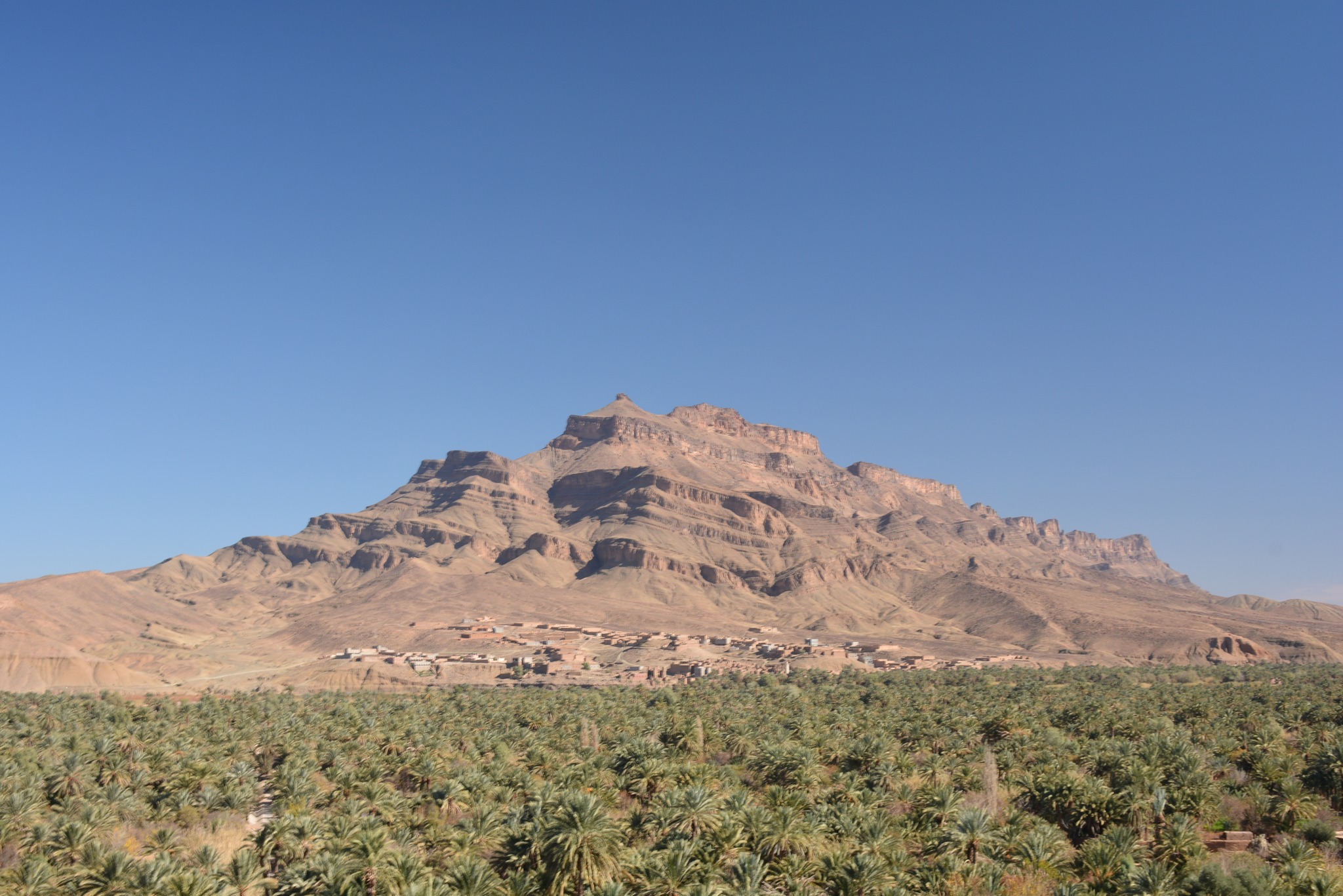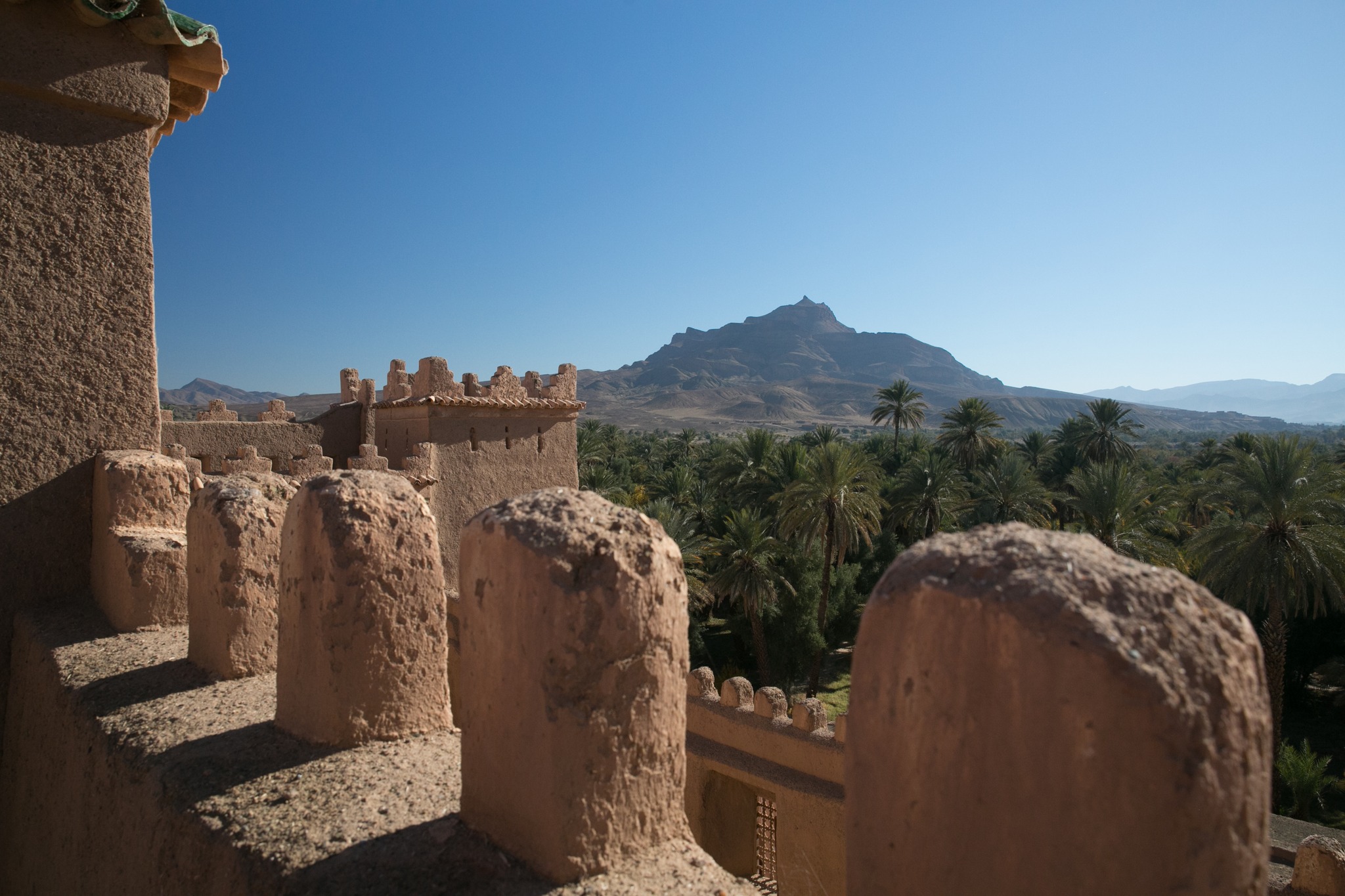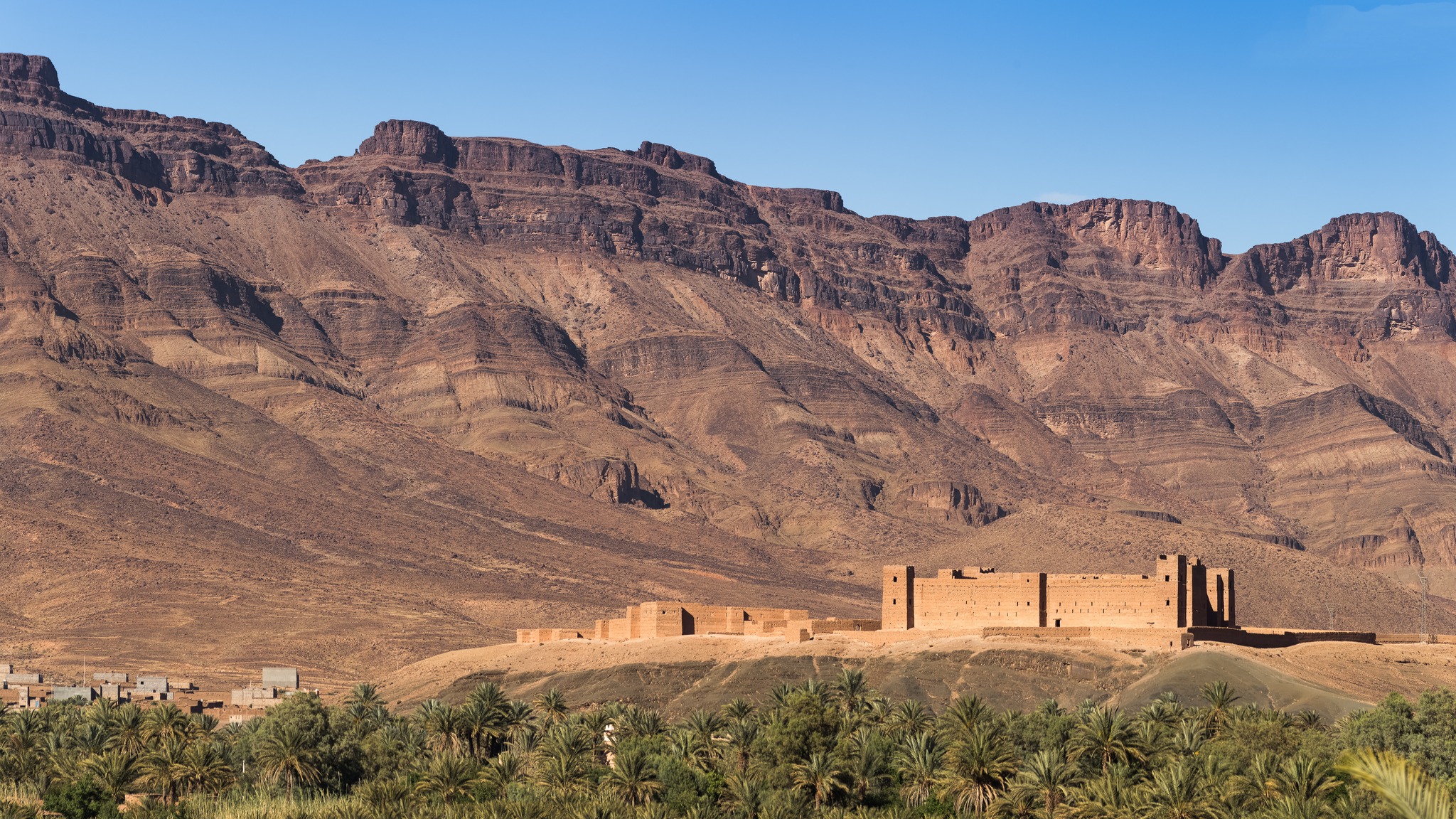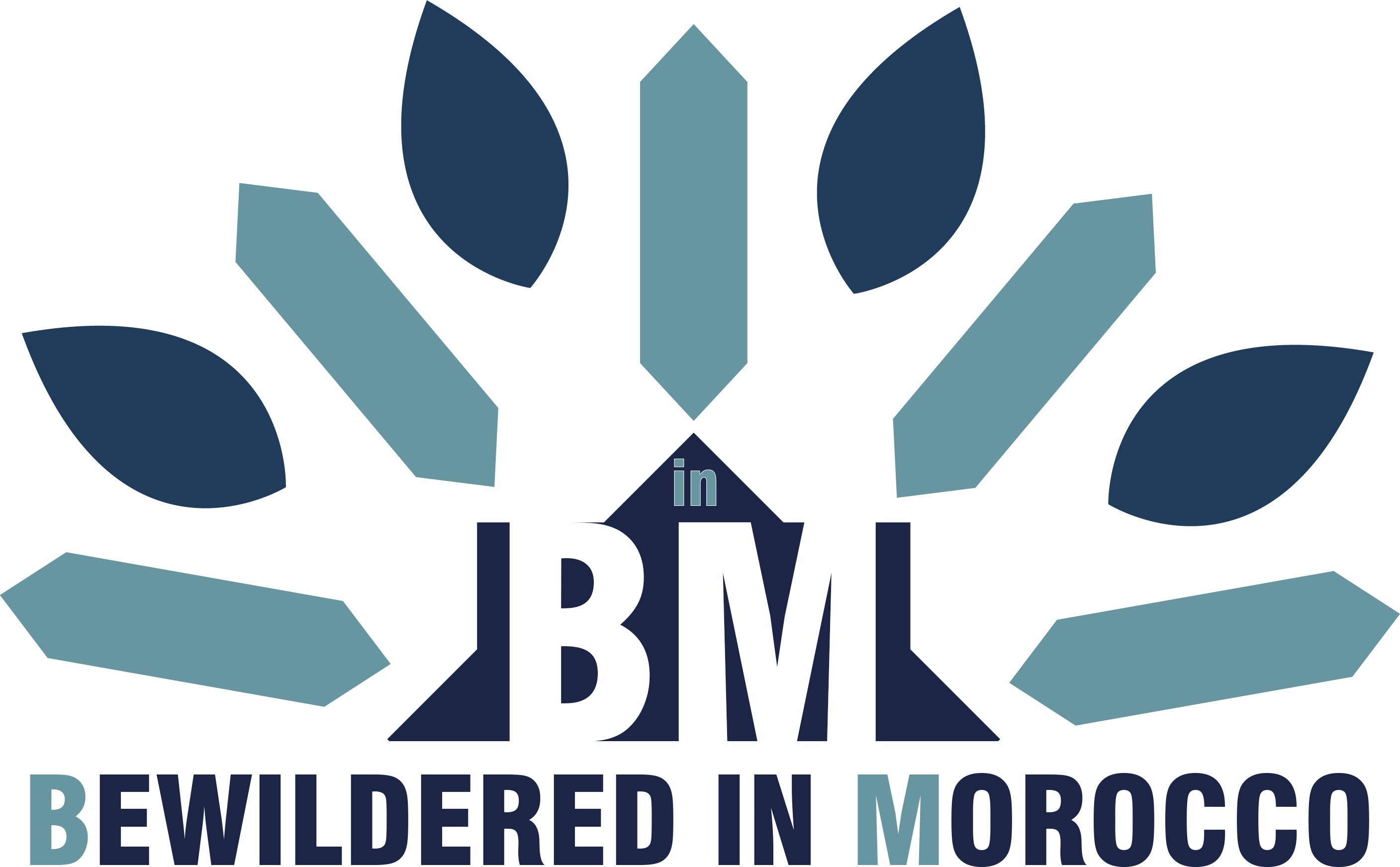I'll never forget the moment we arrived in Agdz. The afternoon sun cast long shadows across the landscape as we pulled up to the Msqata area, nestled against the impressive Kissane Mountain. Within minutes, Ahmed appeared, welcoming us with the natural hospitality that defines this region. Little did I know that this unplanned stop would reveal some of the most breathtaking Agdz oases and hidden treasures I've ever encountered in Morocco.

Agdz might not feature prominently in most Morocco travel guides, but that's exactly what makes it special. Situated along the tourist route connecting Marrakech to Zagora, this gem remains overlooked by many travelers rushing through to more famous destinations. But slow down, my friends — this area deserves your attention.
The Magnificent Oases of Agdz: Gateways to Draa Valley
Ahmed proudly referred to Msqata as the "Gateway to Draa Valley," and I immediately understood why. Stretching for kilometers, the palm groves create an emerald ribbon against the harsh desert landscape. Each family owns their plot of land, carefully tending to date palms that have sustained generations.
"Drought has hit us hard these past few years," Ahmed explained as we walked between towering palms. "The wadi (river) has dried up completely."
Looking around, you could see the stark contrast between thriving gardens and abandoned plots. Those with means dig deeper wells each year, searching for precious water. Those without watch helplessly as their palms wither in the relentless sun.
Despite these challenges, the maintained areas burst with life. Date palms heavy with fruit, vegetable gardens, and fruit trees create a paradise-like atmosphere. The temperature drops noticeably as you enter these green havens — nature's air conditioning in the desert heat.
Exploring these hidden treasures of Agdz oases offers more than just scenic beauty. It provides a sobering glimpse into climate change's real impact on traditional ways of life and how resilient communities adapt.
Kissane Mountain: A Climber's Delight

Towering at 1,485 meters, Kissane Mountain forms part of the Atlas Mountain range and commands attention from every angle in Agdz. As the sun began to set, Ahmed took us to a viewpoint near its base.
The mountain glowed with amber light, its imposing silhouette defining the landscape. Mountain climbing enthusiasts frequently visit to scale its heights, but even from below, it's a breathtaking sight.
Interestingly, nobody seemed certain about the origin of the name "Kissane." If you happen to know, please share in the comments! I love how travel constantly presents these small mysteries.
Spending the Night: Berber Hospitality at Its Finest

Ahmed insisted we couldn't leave without experiencing proper hospitality. "You must stay for dinner and rest," he declared, brooking no argument.
We were welcomed with traditional beldi bread and local dates — the perfect restorative after a day of exploration. As conversation flowed, we discovered shared interests and laughter despite our different backgrounds.
Night fell, and we slept on the rooftop under a blanket of stars, the silhouette of Kissane Mountain our last sight before drifting off. Morning brought fresh bread with schahm (a traditional spread) and mint tea — the classic Moroccan breakfast that I never tire of.
Ahmed's mother presented me with the traditional dress of the region, showing me how to wrap the 10-meter fabric. "This protects against the heat," she explained, adjusting the folds with practiced hands.
This unexpected overnight stay embodied everything I love about Morocco — generous souls who treat strangers like family. These personal connections are the true hidden treasures of the Agdz region.
Ancient Kasbahs: Time Capsules of History
Our second day was dedicated to exploring the area's historic kasbahs and ksours (fortified villages). First stop: Tamnougalt.
This ancient fortress consists of two sections. The first stands remarkably intact, while the second, smaller section contains fascinating wall paintings. Tamnougalt means "meeting point" in the local language — aptly named for its strategic position atop a hill overlooking the oasis.
Ornate towers decorated with intricate patterns guard the entrance. Inside, a maze of connected rooms and chambers speaks to the complex social organization of past centuries. Though in need of restoration, you can feel the historical significance emanating from these earthen walls.
Tamnougalt belonged to Caid Ali, a notable figure loyal to the late King Mohammed V. Politics in this region were complicated during the French protectorate era, and Caid Ali maintained a rivalry with Pasha Thami El Glaoui, who collaborated with the French colonizers.
The Artistic Kasbah: Sidi Arts

Our next discovery was perhaps the most unexpected treasure hidden in the Agdz landscape: Kasbah Sidi Arts. Built in the 1920s, this kasbah stood abandoned until 2016, when American artist David Sho and a group of international artists transformed it into an open-air museum.
Walking through its rooms feels like stepping into a surreal dream. Vibrant murals cover crumbling walls, blending contemporary artistic expression with ancient architecture. Over time, Moroccan artists added their own works, creating a continuously evolving gallery.
I wandered from room to room, each revealing new visual surprises. Some paintings depicted traditional life, others abstract concepts. The contrast between decaying mud walls and vivid artwork created a poignant statement about time, preservation, and renewal.
For photography enthusiasts, this kasbah offers endless creative possibilities. The play of light through partially collapsed ceilings creates dramatic natural spotlights on the artwork below.
Kasbah of the Arts: A Renaissance Story
In Agdz town itself, we visited another historic fortress now known as Kasbah of the Arts. This remarkable building, once home to Caid Ali, has been lovingly restored by his descendants and transformed into a boutique hotel.
Unlike many abandoned kasbahs, this one tells a story of revival. After Caid Ali's death in 1956, the kasbah faced the same decline threatening similar structures across Morocco. These earthen buildings require constant maintenance to withstand the elements.
Restoration began in 2006, carefully preserving original features while adding modern comforts. Multiple terraces offer breathtaking views of both the lush palm oasis and Kissane Mountain. The contrast between green palms and barren mountains creates a photographer's paradise.
Film buffs might recognize parts of the kasbah — scenes from the internationally acclaimed film "Babel" were shot here. The entrance area preserves some props used during filming, adding another layer of interest for visitors.
This kasbah represents what's possible when cultural heritage is valued and preserved, standing as a beacon of hope for other historical structures in the region.
Chasing Waterfalls: Tzgui Falls
As we continued toward Ouarzazate, Ahmed insisted we make one final stop about 20 kilometers from Agdz to visit Tzgui Waterfall. The drive there was spectacular, winding through mountains with dramatic vistas at every turn.
After parking, we hiked a short distance through a narrow canyon. I strained to hear the rushing water Ahmed had promised, but an eerie silence prevailed. Reaching the site, my heart sank.
Where a majestic waterfall should have been, only a dry rock face greeted us. A lone trickle of water barely moistened the stones. The swimming pool at the base lay completely dry.
"It's been a year and a half without rain," explained a local man managing the small café nearby. "This used to be beautiful."
Nearby tables and chairs sat empty — remnants of busier times when visitors would enjoy tajines while listening to the cascade. I could only imagine how spectacular this spot must be when water flows abundantly.
As if sensing our disappointment, dark clouds gathered overhead, and a few precious raindrops fell before the clouds moved on. Nature's cruel tease.
Update (July 2024): I'm thrilled to report that the region has received significant rainfall since our visit! Recent travelers confirm that Tzgui Falls is flowing once again, transforming this spot back into the paradise it should be. If you've visited recently, please share your experience in the comments!
Practical Tips for Visiting Agdz's Hidden Treasures
If you're inspired to explore these hidden treasures of Agdz oases for yourself, here are some helpful tips:
- Best time to visit: Spring (March-May) and fall (September-November) offer ideal temperatures. Summer can be extremely hot, while winter nights get surprisingly cold.
- Getting there: Agdz is approximately 230 km from Marrakech, along the road to Ouarzazate and Zagora. Public transportation options exist, but renting a car provides the freedom to explore at your own pace.
- Where to stay:
- Kasbah of the Arts offers authentic kasbah accommodation with modern amenities
- Several small guesthouses in town provide budget-friendly options
- For an authentic experience, connect with locals like Ahmed who occasionally host travelers
- Local guides: Having a local guide dramatically enhances your experience. They know where to find the best viewpoints and can explain the rich history behind each site.
- Visiting kasbahs: Most kasbahs are open for visitors year-round, though some may charge a small entrance fee. Morning visits offer the best light for photography.
- Tzgui Falls: Call ahead or check recent online reviews to confirm water conditions before making a special trip.
- Respect local customs: Dress modestly, especially when visiting traditional villages. Always ask permission before photographing locals.
Beyond the Tourist Trail
What struck me most about Agdz was the authenticity of our experience. Unlike more touristic areas of Morocco, interactions here felt genuine rather than transactional. Ahmed refused payment for his guidance, simply saying, "You are our guests."
This region represents Morocco at its most authentic — where hospitality isn't a business but a deeply held cultural value. While facilities might be more basic than in tourist centers, the human connections you'll make are invaluable.
By venturing slightly off the beaten path, you'll discover not just ancient kasbahs and palm oases, but the true heart of Moroccan culture. These human connections become the most precious hidden treasures of the Agdz oases that you'll carry home.
Your Turn to Explore
Have you visited Agdz or are you planning to include it in your Morocco itinerary? I'd love to hear your experiences or answer any questions in the comments below!
If you're looking for more authentic Moroccan experiences, don't miss my guide to Experiencing Ramadan in Morocco — another wonderful way to connect with local culture and traditions.
Remember, sometimes the most memorable travel experiences come from places you've never heard of before. Agdz might not be on every traveler's radar, but those who visit discover a slice of authentic Morocco that stays in their hearts forever.
Note: This article was last updated in July 2024 to reflect current conditions in the region. If you have recent information about any of these sites, particularly Tzgui Falls, please share in the comments to help fellow travelers!
